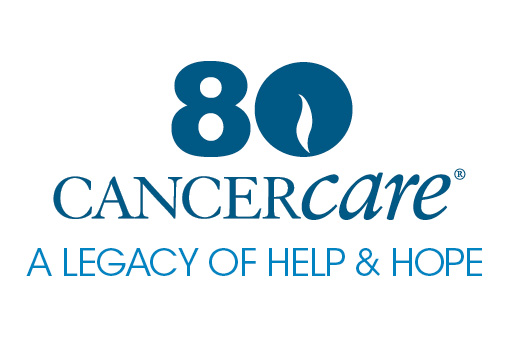Myelodysplastic Syndromes (MDS) are a group of disorders in which the bone marrow does not produce enough healthy blood cells. Most people diagnosed with MDS are over the age of 65, but MDS can also occur in younger patients.
Bone marrow is the spongy tissue inside bones where blood cells are made. Blood cells include white blood cells that fight infection, red blood cells that carry oxygen and platelets that help with blood clotting.
Symptoms
Most early-stage cases of MDS do not cause signs or symptoms. Over time, symptoms may include:
- Fatigue
- Shortness of breath
- Pinpoint-sized red spots just beneath the skin
- Pallor (paleness) caused by a low red blood cell count (anemia)
- Frequent infections caused by a low white blood cell count (leukopenia)
- Unusual bruising or bleeding caused by a low blood platelet count (thrombocytopenia)
Diagnosis
If MDS is suspected, doctors will take a medical history and perform a physical examination. Blood tests will be conducted to determine the levels of red blood cells, white blood cells and platelets and to look for irregularities in their size, shape and appearance.
A bone marrow biopsy is typically performed during the diagnosis process. A small piece of bone, along with the marrow inside the bone, is removed and tested for abnormalities. Additionally, a small amount of liquid bone marrow is withdrawn using a thin needle and then examined.
Genetic testing (also called molecular testing) may also be conducted, examining for chromosome abnormalities and gene mutations occurring in MDS cells.
These tests can help identify the subtype of MDS and the risk of progression, which are factors in determining the best treatment approach.
